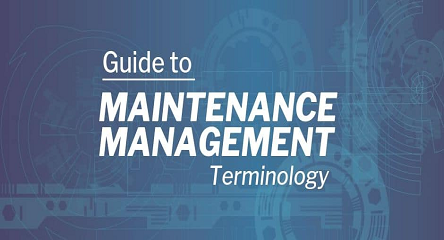EAM and CMMS systems are essential to the survival of asset-intensive companies. In a highly digitized era, this is not novel information. The key to extracting the full value from an EAM or CMMS system is managing it properly. Even though EAM/CMMS systems have been on the market for a long time, many companies still struggle with the basics of maintaining their systems.
The fundamental aspects of managing an EAM/CMMS system are quite a few. One of the key aspects is ensuring asset and maintenance master data is created and maintained accurately to support maintenance operations. The following are some of the most common master data problems still lingering within many EAM/CMMS systems:
- Missing assets
- Missing key attribute information such as make, model, and serial number
- Vague PMs
- Difficulties finding assets due to poor naming conventions
- Disorganized materials
- Missing estimated times to complete work to support scheduling, analytics and APM

Trying to keep up
If EAM/CMMS systems have been on the market for a while, why do companies still struggle to keep their asset and maintenance master data uptodate in these systems? That’s a good question, with several possible answers. One reason could be that asset managers don’t spend enough time focusing on high-quality purpose-driven data. In this case, there is no clear objective for the data, therefore diminishing the chances of organizing it according to specific standards. This ends up leading to a misalignment between the enterprise data and organizational/business processes and goals.
Not aligning your data with organizational goals can lead to various problems, much like the ones mentioned earlier. The question now becomes, what can asset-intensive companies do to avoid the common issues associated with EAM/CMMS master data? First things first, it is important to set an objective for your master data. What do you want to achieve? How should your master data be organized to reach your goal? This forms a stable foundation for the quality of your asset and maintenance master data.
After determining your objective, you must continuously review, monitor, and edit your master data to ensure it is up to date and meet company objectives. Paying attention to key performance indicators will help you keep track of your data and make sure it’s adhering to your goals.
Ensuring asset and maintenance master data quality is a never-ending process because it requires constant planning, reviewing, editing, and approval. If you need assistance with any of those things, feel free to book a demo, and our team would be happy to get in touch with you.
Bills of Material – Brochure
Bills of Material – eBook
Book a Demo (nrx.com)






